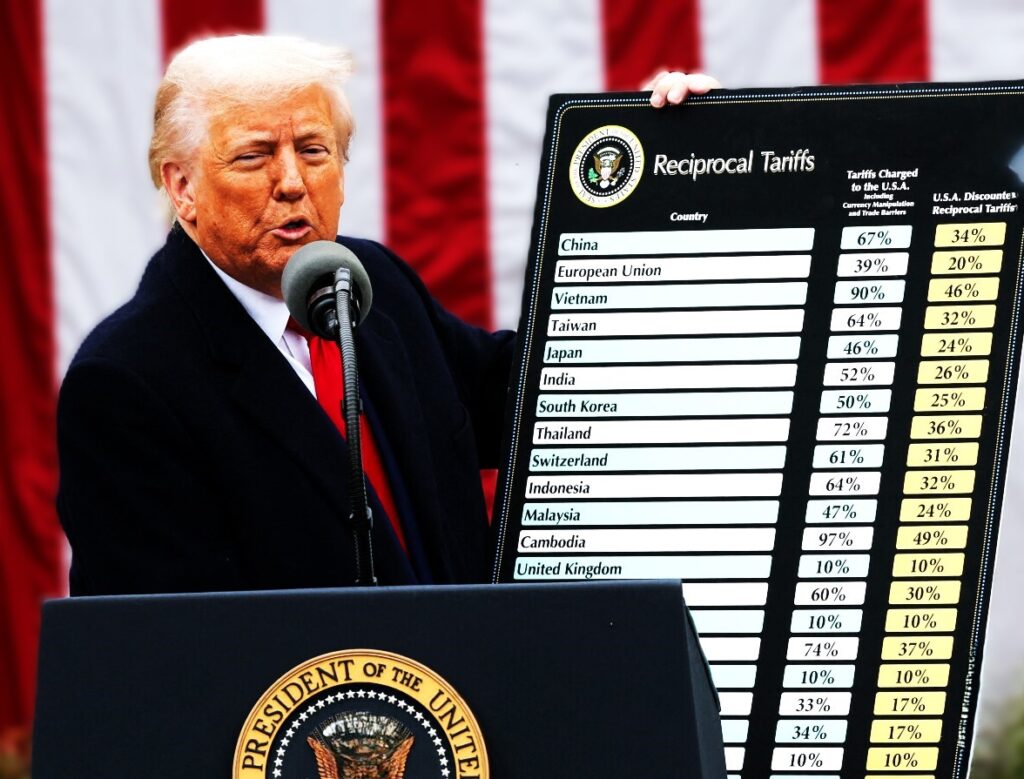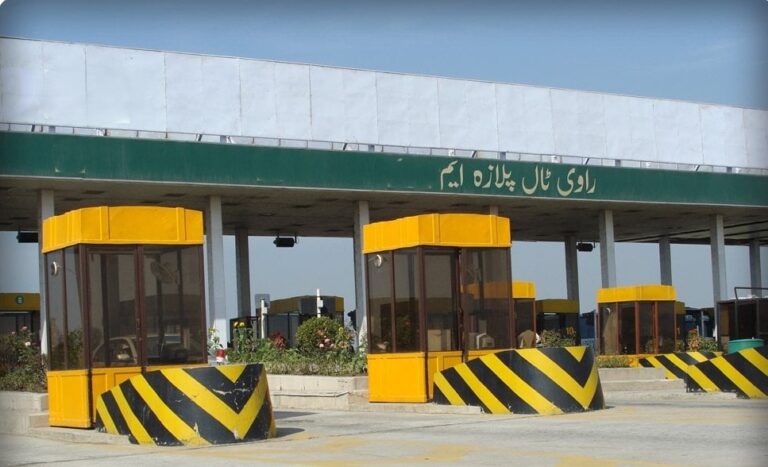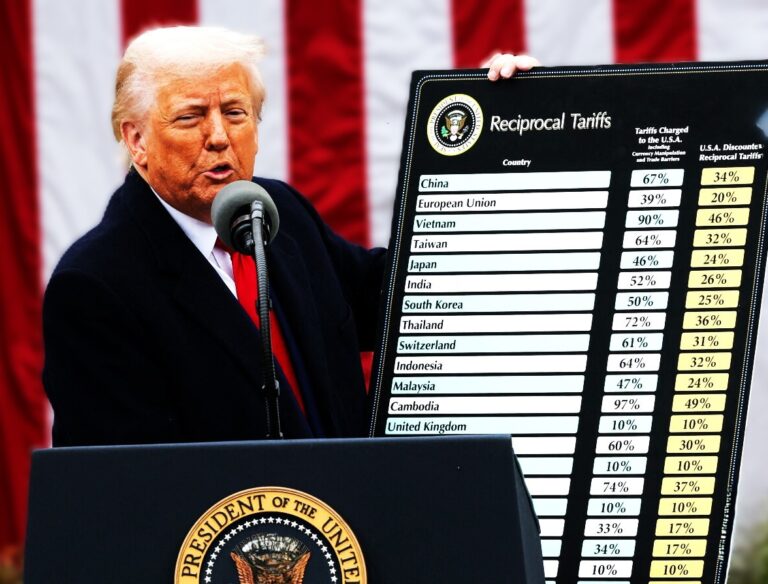
The United States has imposed a 29% tariff on certain imports from Pakistan as part of former President Donald Trump’s trade policies. This move increases pressure on global trade and affects Pakistan’s export industry.
Why Did the U.S. Increase Tariffs?
- The Trump administration introduced higher tariffs to protect American industries.
- Pakistan is one of several countries facing these new trade barriers.
- The 29% duty applies to steel, aluminum, and other key exports.
Impact on Pakistan’s Economy
- Pakistani exporters will struggle to compete in the U.S. market.
- Production costs may rise, leading to lower profits.
- The government may need to find new trade partners to reduce losses.
Global Trade War Concerns
- The U.S. has also increased tariffs on China, the EU, and other nations.
- Experts warn that rising trade barriers could slow down the world economy.
- Countries may retaliate with their own taxes on U.S. goods.
What’s Next for Pakistan?
- Trade officials are negotiating for better terms.
- Businesses are exploring alternative markets like China and the Middle East.
- Economists suggest improving local industries to reduce dependency on exports.
Conclusion
The 29% U.S. tariff is a major challenge for Pakistan’s trade sector. While the global trade war continues, Pakistan must adapt by strengthening its economy and finding new opportunities.



